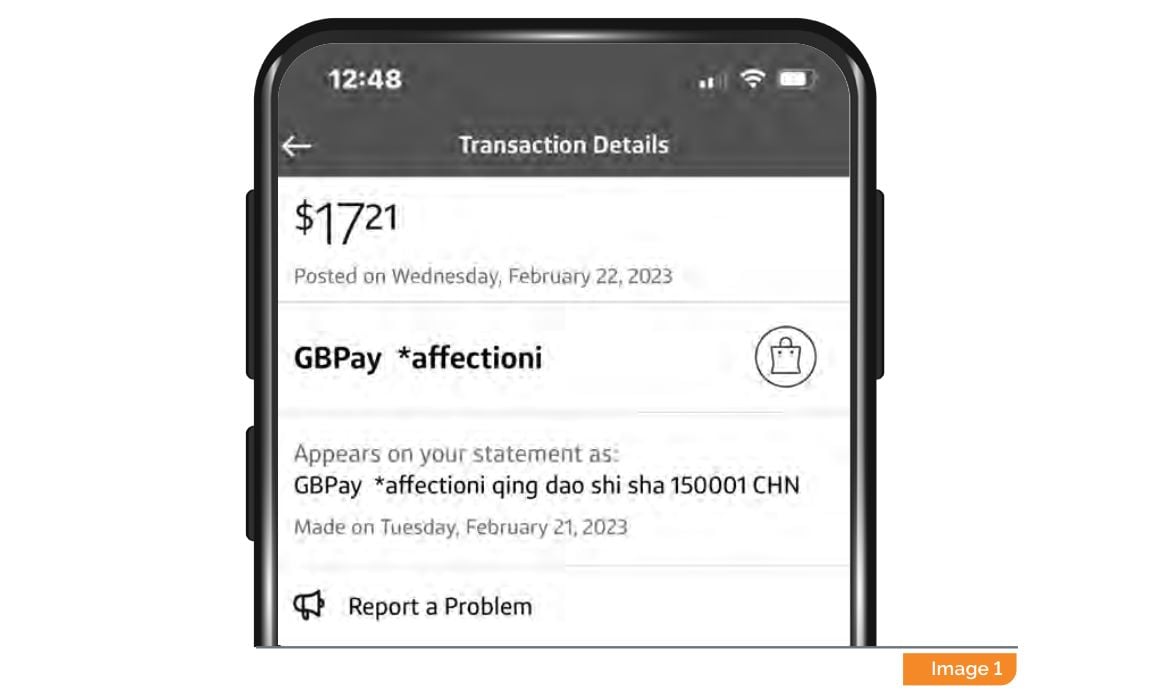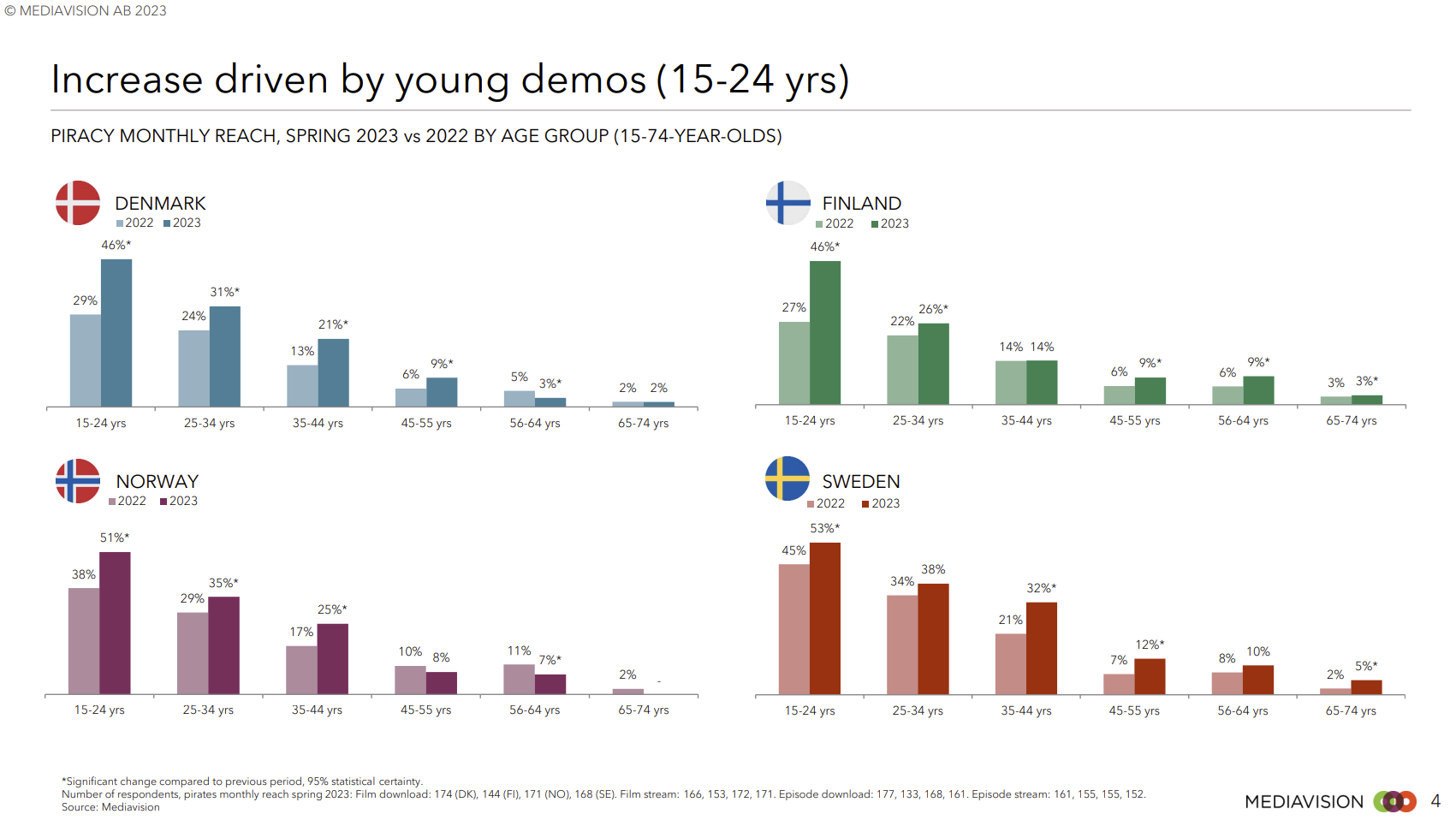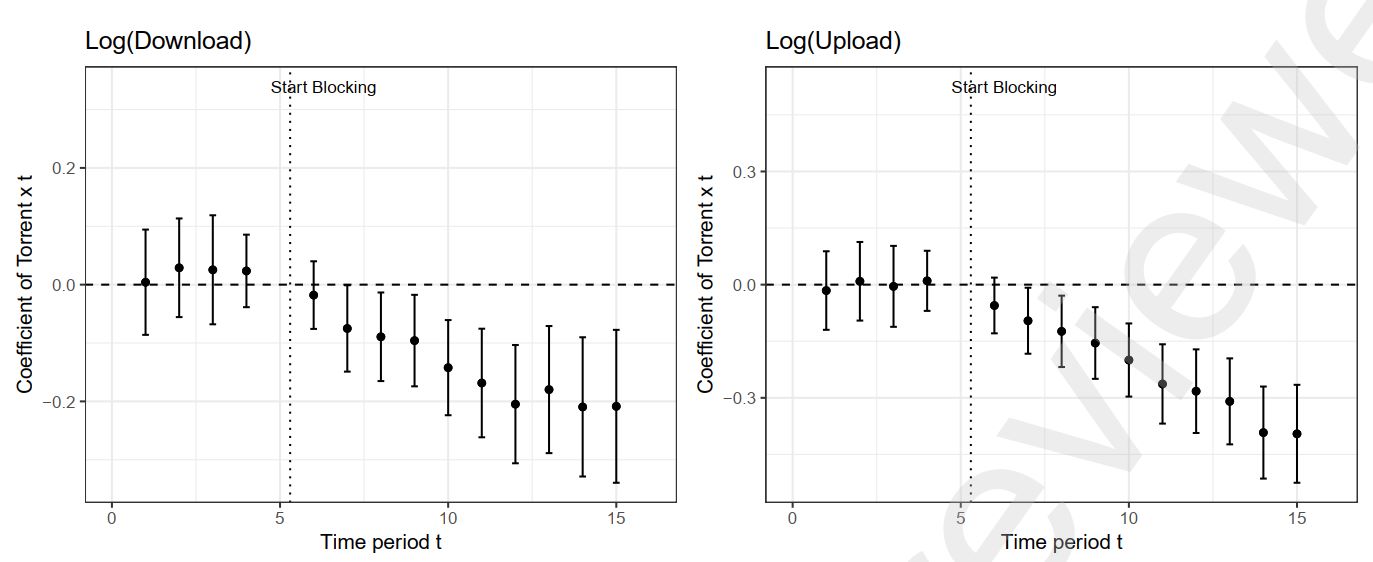-
chevron_right
EU Study: Online Piracy Rebounds, but Not Due to COVID-19
news.movim.eu / TorrentFreak · Thursday, 21 September, 2023 - 08:34 · 5 minutes
 The European Union Intellectual Property Office (
EUIPO
) regularly conducts studies to see how piracy rates evolve over time.
The European Union Intellectual Property Office (
EUIPO
) regularly conducts studies to see how piracy rates evolve over time.
These studies also identify the various barriers and drivers behind this activity, which helps to shape future policies.
This week, EUIPO released the latest installment of its biannual report on copyright infringement in the EU and UK. This study aims to document various piracy trends and the socioeconomic factors that trigger them.
The EU report is largely based on data from UK piracy tracking firm MUSO , which is widely used for these types of longitudinal studies.
Piracy Rebounds
In previous studies, a clear downtrend was visible, suggesting that piracy had seen its peak. While this may still be the case, the most recent data suggests that there was a notable increase in piracy levels over the past two years.
Overall, the latest study shows that piracy traffic started to grow again at the start of 2021, after years of decline.
“The main finding is that the declining trend seen in the earlier studies seems to be reversing, with piracy increasing again, mainly due to increases in piracy of TV content and publications,” the report reads.
Current piracy levels are still nowhere near what they were five years ago. However, a trend reversal is notable and may suggest that we’re at a pivotal point in time.
COVID Not to Blame
The EU report is the first detailed multi-country piracy study to investigate the fallout of the COVID-19 pandemic. This is important, as many stakeholders maintain that this global event increased piracy overall.
Earlier this month, for example, the Motion Picture Association presented the following conclusion in its advice on future anti-piracy strategies.
“Studies show that piracy in the U.S. increased during the lockdown. These trends have continued past the pandemic, as consumers are now more comfortable with accessing copyrighted content through illegal piracy services,” the MPA said.
The Hollywood group based its conclusion on an early week-to-week piracy traffic comparison from MUSO, which indeed signaled a temporary increase. However, a follow-up report by MUSO later clarified that this effect was short-lived, as online piracy declined in the months after.
The new EU study now confirms that piracy was actually lowered during the pandemic, at least in the EU. While American trends are not included, these tend to be similar to those in Europe, at least in terms of direction.
“The models confirm that the COVID-19 pandemic contributed to reducing film and TV piracy,” the research concludes, adding that there was no positive or negative effect on music.
Indeed, looking at the graphs presented in the report, there is a clear COVID dip visible. According to the researchers, more people may have switched to legal services during the lockdowns.
“One possible reason for this phenomenon is that users may have opted for legal platforms as a simpler way to access the type of content they are interested in, coupled with limited opportunities to spend money on outside entertainment.”
While not mentioned in the report, another explanation is that fewer high-profile releases came out during the lockdowns. Fewer releases typically result in a piracy dip.
TV Piracy is Booming, Music Not So
Looking at the different content categories, we see that TV piracy remains dominant. According to the researchers, 48 % of the total aggregated piracy volume can be attributed to TV.
TV is also largely responsible for the recent rebound, together with the new publishing category that was added to the report this year. The evolution of all content piracy shows that the piracy totals remain below the 2017 level.
This overview further shows that music piracy, which was once widespread, is now a relatively fringe activity in the EU. This is good news for the music industry, which has seen its enforcement efforts against streamripping platforms pay off.
The EUIPO report also examined live sports piracy for the first time. While the available data is limited, there’s a significant increase of roughly 75% visible between the start of 2021 and the end of 2022.
Regional Differences
Previous studies have shown that streaming is by far the most dominant piracy vehicle today, beating alternatives such as torrents and direct downloads. This trend remains intact.
There are notable regional differences between countries, however. As shown below, film pirates in Romania and Italy almost exclusively rely on streaming, while torrents and direct downloads remain fairly popular in Spain and the Netherlands.
Various countries also differ in the volume and type of content consumed. Piracy is most popular in Estonia and Latvia, while it’s relatively out of favor in Germany and Italy.
The bar chart above further shows different preferences for the type of content. In Greece, film piracy is good for 25% of the total piracy volume, for example, while in Poland it’s as low as 5%.
Income and Legal Options
In addition to providing dozens of descriptive graphs and charts, the researchers also analyzed the data to identify potential key drivers of piracy. This produced some interesting observations.
The econometric analysis, which is limited to the movie, TV, and music categories, shows that the number of available legal alternatives reduces piracy. This means that the availability of more legal streaming services correlates to lower piracy numbers.
The income level of a country has a significant impact on piracy rates. Low per capita income, a high degree of income inequality, and high youth unemployment are all associated with increased consumption of pirated content.
A Massive Caveat
All in all, EUIPO’s biannual report is a great way to measure and track how piracy trends develop over time. That said, it comes with a massive caveat.
The study relies on MUSO’s data and is largely based on website visits. This means that IPTV piracy is not taken into account at all. The same is true for other types of piracy, such as apps and streaming devices.
EU’s own research has shown that IPTV piracy is a billion-dollar industry . While it isn’t as easy to measure as web-based traffic, it would be good to see some more details on it in future reports.
From: TF , for the latest news on copyright battles, piracy and more.






 Three years ago, Danish law enforcement carried out a series of
Three years ago, Danish law enforcement carried out a series of


 In recent years, many people have canceled their expensive cable subscriptions, opting to use cheaper Internet TV instead.
In recent years, many people have canceled their expensive cable subscriptions, opting to use cheaper Internet TV instead.










 Studying can be a costly endeavor. Aside from the party budget, there are books and tuition fees to pay as well.
Studying can be a costly endeavor. Aside from the party budget, there are books and tuition fees to pay as well.





 Piracy is by no means exclusive to any particular generation but among the general public, it’s often associated with younger people.
Piracy is by no means exclusive to any particular generation but among the general public, it’s often associated with younger people.
 In recent years, website blocking has become one of the most widely-used anti-piracy enforcement mechanisms in the world.
In recent years, website blocking has become one of the most widely-used anti-piracy enforcement mechanisms in the world.

